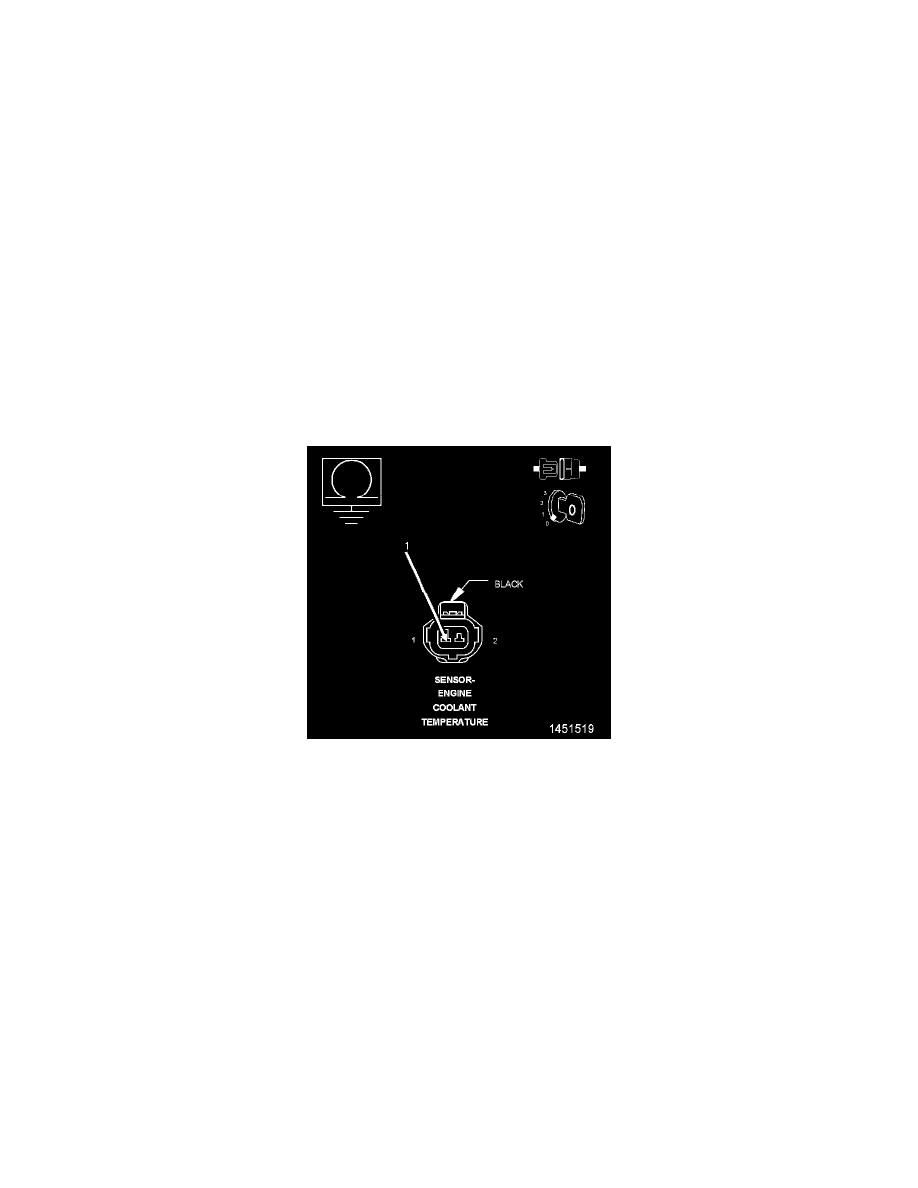RAM 2500 Truck 2WD L6-6.7L DSL Turbo (2010)

Yes
-
The circuit is not open at this time or the condition that originally caused the open may not be present at this time. Continue to monitor the test
light and wiggle the wire harness and connectors to check for an intermittent open or excessive resistance condition.
-
Use the wiring application as a guide to trace the circuits and look for any in-line connectors where the open could occur intermittently.
-
Look for any chafed, pierced, pinched, or partially broken wires.
-
Look for broken, bent, pushed out or corroded terminals. Verify that there is good pin to terminal contact in the related wire harness connectors.
-
Perform any Technical Service Bulletins (TSBs) that may apply.
No
-
Repair the open in the circuit. Use the wiring application as a guide to trace the circuit and look for any in-line connectors where the short could
occur.
-
One way to help isolate the open is to disconnect any in-line connectors and measure the resistance from one side of the in-line connector to the
matching component harness connector. If the open goes away, the open is on the other side of the in-line connector.
-
If this is a fused circuit, make sure to inspect the fuse. If the fuse is open, check the circuit for a short to ground before installing a new fuse. The
circuit may have a short to ground causing the fuse to open. This short to ground could be in the wire harness or in one of the components the
circuit is supplying voltage to.
Testing For A Short To Ground
CHECK A CIRCUIT FOR A SHORT TO GROUND
1. Turn the ignition off.
2. Disconnect the wire harness connectors of the components that contain the circuit suspected as being shorted to ground.
NOTE: Check connectors - Clean/repair as necessary.
NOTE: Before checking the circuit for a short to ground, first measure the resistance between the two leads of the multimeter. Take this value
and subtract it from the value recorded when measuring the resistance between ground and the circuit being checked. The leads of
the meter can add up to or over 0.5 of an Ohm of resistance.
3. With the component wire harness connectors disconnected, use a meter set to measure Ohms, and measure the resistance between the circuit and a
known good ground.
4. Use the negative lead of the meter and touch a known good ground.
5. Use the positive lead of the meter and carefully probe the circuit suspected as having the short.
Is the resistance to ground below 10k Ohms ?
Yes
-
Repair the short to ground. Use the wiring application as a guide to follow the path of the circuit.
-
One way to help isolate the short is to disconnect any in-line connectors that the circuit being tested runs through and measure for the short again.
If the short goes away, the short is on the other side of the in-line connector.
No
